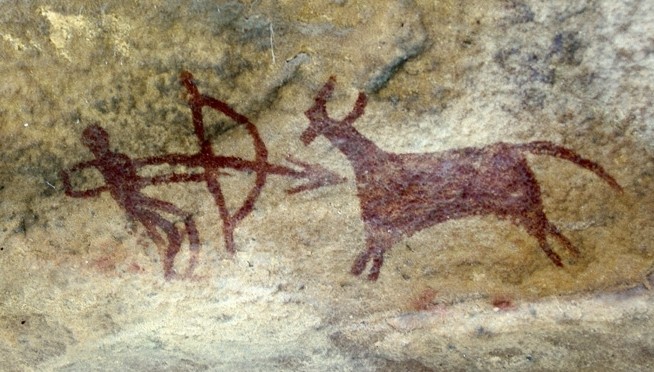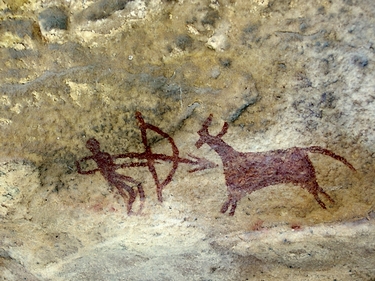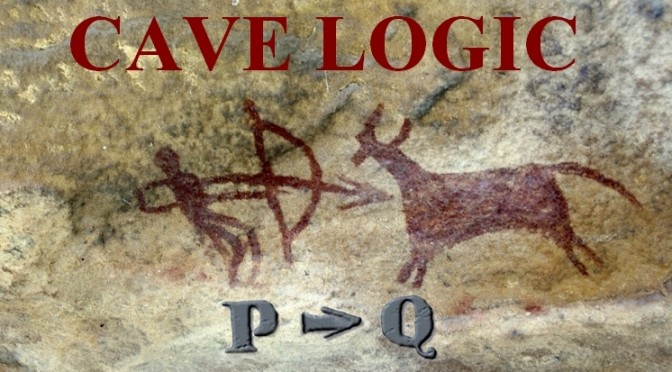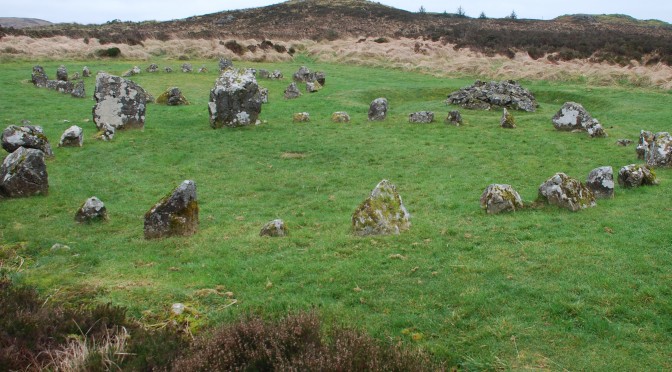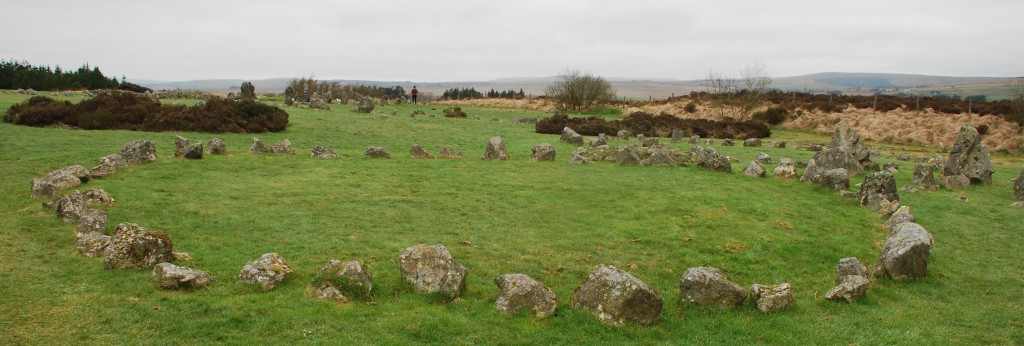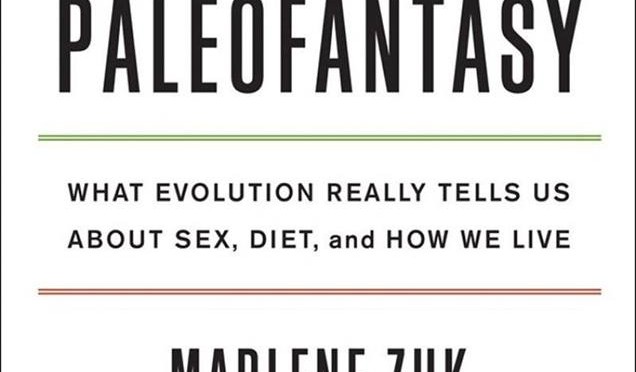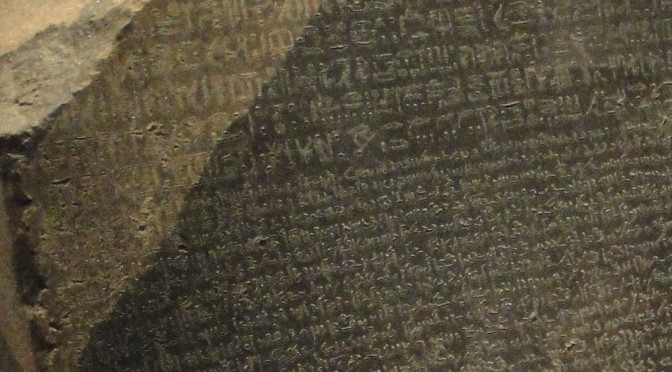Joseph Campbell, Carl Jung and other scholars have explored in detail the great myths and legends from cultures around the world, and uncovered universal structures of human thought. But before these myths, before the development of symbolic human thought, there was a more literal age – the pre-pagan era. Paleoanthropologists have made a parallel distinction by reclassifying the humans who possessed abstract thought and demonstrated “modern” behavior by doubling up on the sapience. Early humans are called simply Homo sapiens, but the modern ones are referred to as Homo sapiens sapiens. It is as if they are at least twice as sapient.
The pre-pagans were pure pragmatists. Everything they did was for the practical purpose of staying alive. Perhaps that’s why the early cave paintings were variations of the theme of “How to kill an Animal.” So instead of fancy mythologies filling their heads, the pre-pagans simply had the basic thought, “Kill animal.” This thought is represented in this cave painting of a pre-pagan archer killing a beast.
- .
Anybody who has taken an introduction to logic course will recognize this as a pictorial representation of a basic logical conditional or inference. (If P, then Q, or P implies Q. The bow clearly corresponds to the “P” in the inference, the arrow to the arrow, and the animal with a tail to the “Q.”
